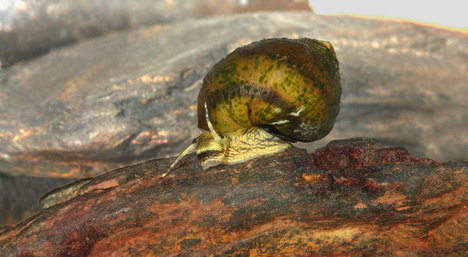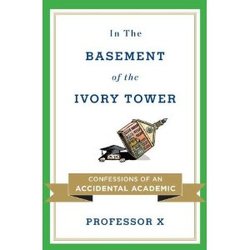
Source of book image: http://rsirving.files.wordpress.com/2012/04/destinyrepublic.jpeg
(p. 15) Had Garfield been left where he lay, he might well have survived; the bullet failed to hit his spine or penetrate any vital organs. Instead, he was given over to the care of doctors, who basically tortured him to death over the next 11 weeks. Two of them repeatedly probed his wound with their unsterilized fingers and instruments before having him carted back to the White House on a hay-and-horsehair mattress.
There, control of the president was seized by a quack with the incredible name of Dr. Doctor Willard Bliss. Dr. Doctor Bliss insisted on stuffing Garfield with heavy meals and alcohol, which brought on protracted waves of vomiting. He and his assistants went on probing the wound several times a day, causing infections that burrowed enormous tunnels of pus throughout the president’s body.
Garfield’s medical “care” is one of the most fascinating, if appalling, parts of Millard’s narrative. Joseph Lister had been demonstrating for years how his theories on the prevention of infection could save lives and limbs, but American doctors largely ignored his advice, not wanting to “go to all the trouble” of washing hands and instruments, Millard writes, enamored of the macho trappings of their profession, the pus and blood and what they referred to fondly as the “good old surgical stink” of the operating room.
Further undermining the president’s recovery was his sickroom in the White House — then a rotting, vermin-ridden structure with broken sewage pipes. Outside, Washington was a pestilential stink hole; besides the first lady, four White House servants and Guiteau himself had contracted malaria. Hoping to save Garfield from the same, Bliss fed him large doses of quinine, causing more intestinal cramping.
The people rallied around their president even as his doctors failed him. The great Western explorer and geologist John Wesley Powell helped design America’s first air-conditioning system to relieve Garfield’s agony. Alexander Graham Bell worked tirelessly to invent a device that could locate the bullet. (It failed when Dr. Bliss insisted he search only the wrong side of Garfield’s torso.) Two thousand people worked overnight to lay 3,200 feet of railroad track, so the president might be taken to a cottage on the Jersey Shore. When the engine couldn’t make the grade, hundreds of men stepped forward to push his train up the final hill.
The president endured everything with amazing fortitude and patience, even remarking near the end, when he learned a fund was being taken up for his family: “How kind and thoughtful! What a generous people!”
“General Garfield died from malpractice,” Guiteau claimed, defending himself at his spectacle of a trial. This was true, but not enough to save Guiteau from the gallows.
For the full review, see:
KEVIN BAKER. “Death of a President.” The New York Times Book Review (Sun., October 2, 2011): 14-15.
(Note: the online version of the review has the date September 30, 2011, and has the title “The Doctors Who Killed a President.”)
The full reference for the book under review, is:
Millard, Candice. Destiny of the Republic: A Tale of Madness, Medicine and the Murder of a President. New York: Doubleday, 2011.
 “Dan Senor, left, a leading campaign adviser, at a briefing on Saturday for the Romney campaign on the plane en route to Israel.” Source of caption and photo: online version of the NYT article quoted and cited below.
“Dan Senor, left, a leading campaign adviser, at a briefing on Saturday for the Romney campaign on the plane en route to Israel.” Source of caption and photo: online version of the NYT article quoted and cited below.




